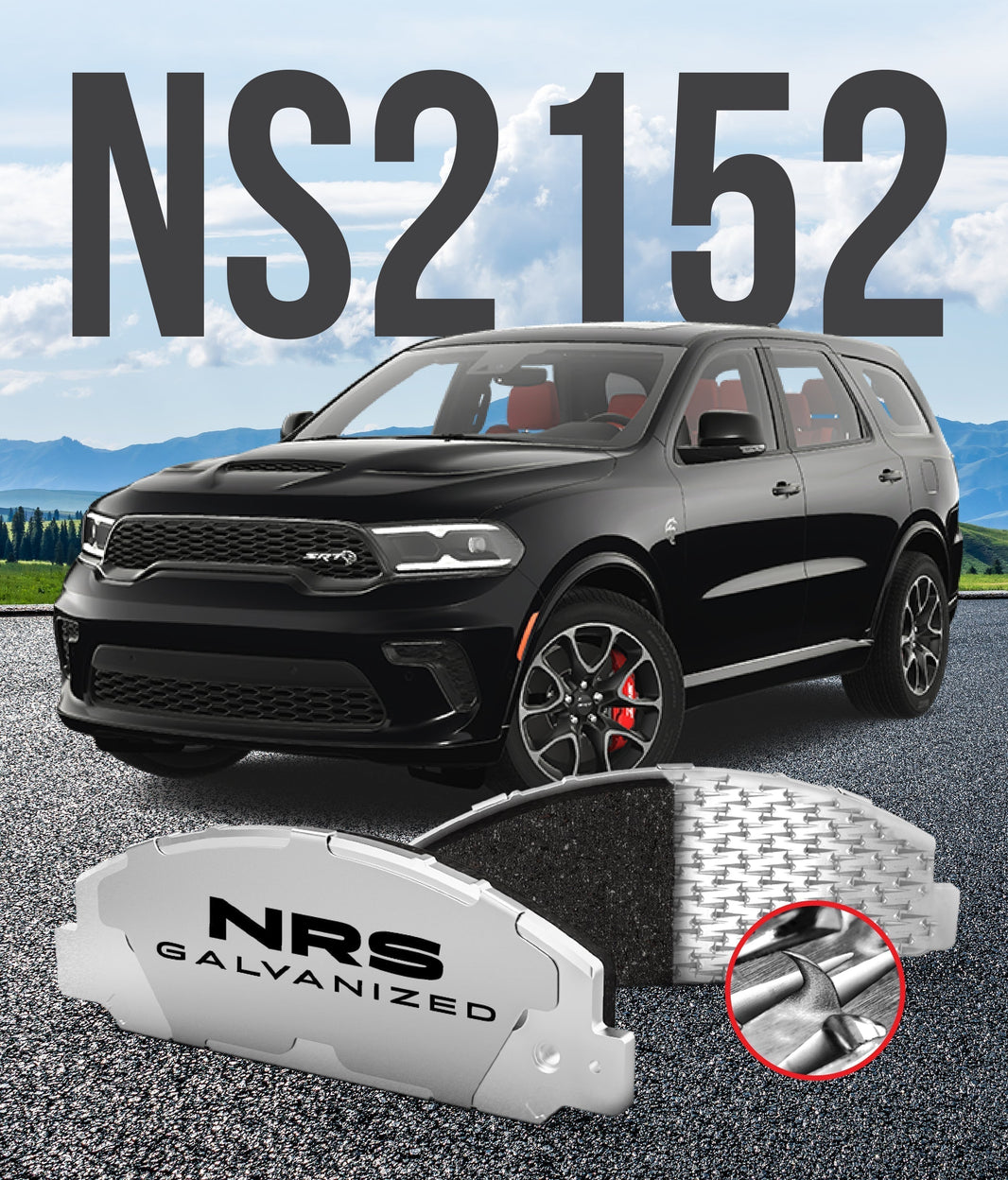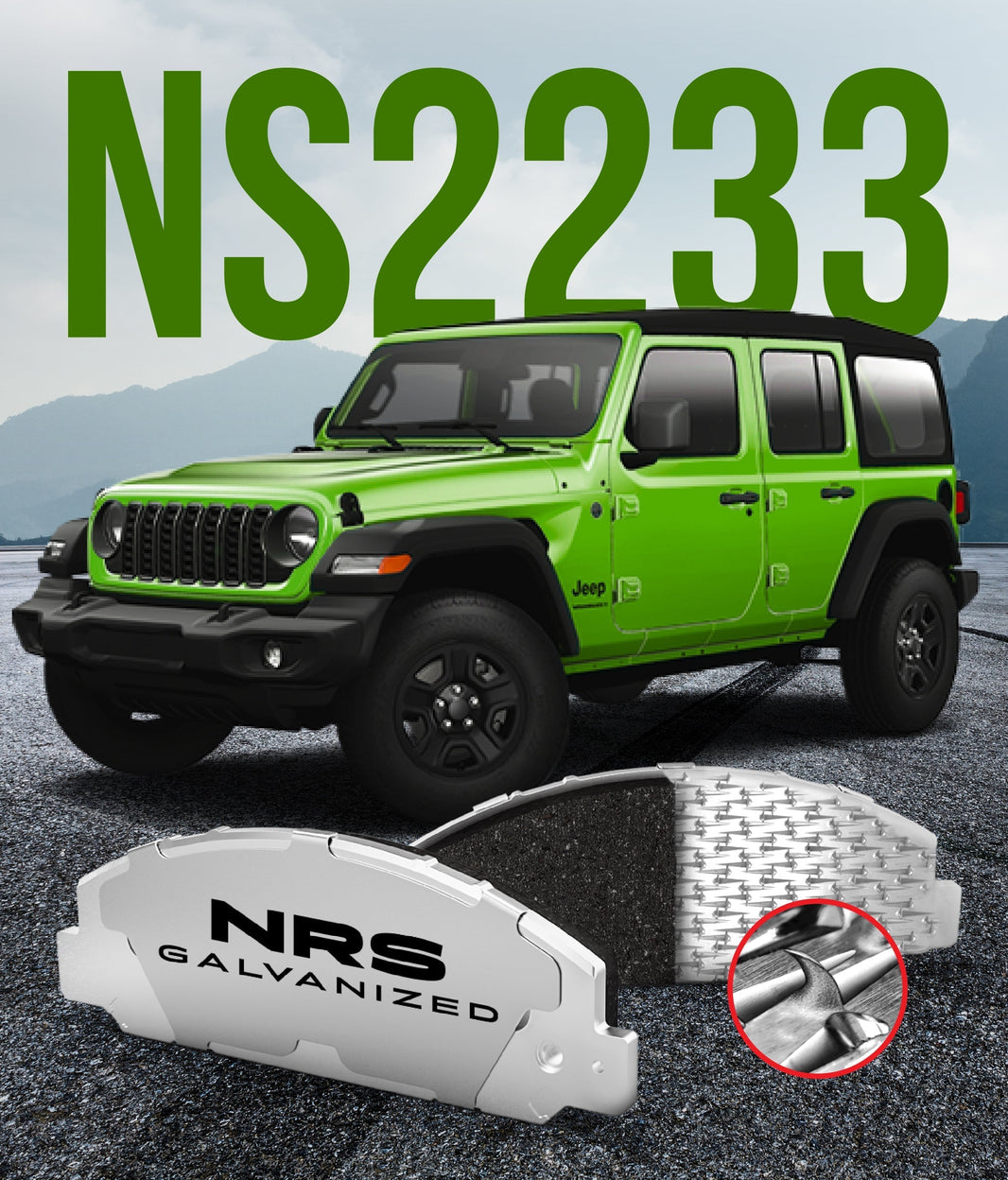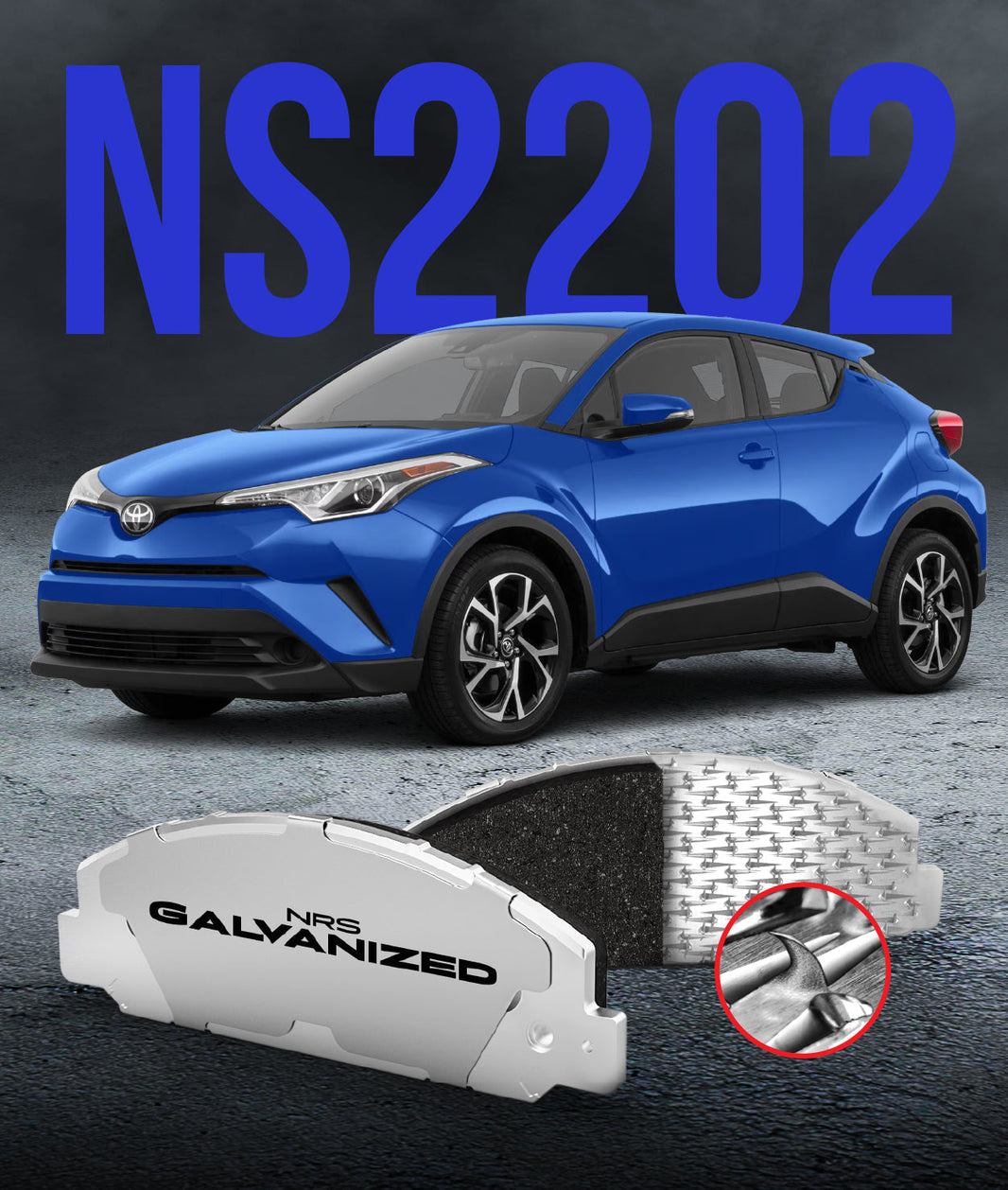
You have just finished a brake job, and a feeling of accomplishment washes over you as you sweep the old, worn-out parts into the trash. It is a satisfying end to a crucial maintenance task. But in your haste to clean up, you might be throwing away the most valuable diagnostic tool you have.
Those old brake pads are not just rubbish; they are a detailed report card on the health of your entire braking system. The specific way they have worn down tells a story of caliper function, heat management, and hardware condition. Learning how to read brake pad wear patterns can help you identify and fix underlying problems before they ruin your new parts.
The Ideal: What Normal Wear Looks Like
Before we examine the problems, we must first understand the ideal scenario. In a perfectly functioning braking system, both the inner and outer brake pads from a single wheel should be worn down almost identically. Their friction surfaces should be flat and even from top to bottom.
This even wear indicates that everything is working in harmony. It means the caliper is applying equal pressure, the slide pins are moving freely, and the caliper piston is retracting properly. If your old pads look like this, you can be confident that a simple pad and rotor replacement was the correct job.
Reading the Clues: Common Uneven Brake Pad Wear Patterns
When brake pads wear unevenly, it is a clear symptom that a deeper problem exists. Simply installing new pads without addressing the root cause is a recipe for a repeat failure. The specific pattern of wear is your best clue for finding that cause.
Think of yourself as a detective investigating the scene. The wear pattern is the evidence that points you toward the culprit. Below are the most common uneven brake pad wear patterns and what they mean.
Tapered Wear (Wedge-Shaped)
Tapered wear occurs when one end of a brake pad is significantly thinner than the other, creating a wedge shape. You might see this from top-to-bottom or from the leading edge to the trailing edge. This pattern is a classic sign of a mobility issue with the brake caliper.
The most common cause is a sticking caliper slide pin or a worn caliper bushing. This forces the caliper to twist or apply pressure at an angle instead of clamping down flat. It is like a door with a rusted bottom hinge; it can only move at the top, creating skewed pressure.
Outer Pad Worn More Than Inner Pad
When you inspect the pair of pads from one wheel, you may find the outer pad is much thinner than the inner pad. This indicates the caliper is not releasing its clamping force correctly. The caliper itself is stuck on its slide pins.
After you release the brake pedal, the caliper fails to slide back and relax its grip. This leaves the outer pad in constant, light contact with the rotor, causing it to wear away prematurely. This is another clear symptom of improperly lubricated or seized slide pins.
Inner Pad Worn More Than Outer Pad
The opposite scenario is when the inner pad, the one on the piston side of the caliper, is worn much more than the outer pad. This wear pattern points to an issue with the caliper piston itself. It is a sign that the hydraulic part of the system is not functioning correctly.
This happens when you have a caliper piston that is not retracting correctly after you let off the brake pedal. Corrosion or debris inside the caliper bore can cause the piston to stick. This keeps the inner pad pressed against the rotor, leading to rapid wear.
Pitting, Cracking, or Glazing
Sometimes the wear is even, but the pad's surface tells a story of damage. A glazed, mirror-like surface, deep cracks, or areas where chunks of material are missing are all signs of damage from extreme heat. This indicates the brake pads have been operated beyond their thermal capacity.
This type of damage can be caused by towing heavy loads with standard pads, aggressive performance driving, or a mechanical issue like a dragging caliper. The friction material has been cooked to the point of failure. This is a serious condition that severely compromises your stopping power.
Beyond the Pads: Other Diagnostic Clues
Your old brake pads are the primary piece of evidence, but you should always look for other clues to confirm your diagnosis. The condition of the other brake components will help you build a complete picture of the system's health. Taking a moment to inspect these parts is a critical step.
A thorough diagnosis involves more than a glance at the pads. Look for corroborating signs that support your theory about the wear pattern.
-
Rotor Condition: Look at the surface of the brake rotor. Are there deep grooves, heavy scoring, or a large "lip" of rust on the outer edge? These often correspond directly with the damage you see on the pads.
-
Caliper Movement: With the pads removed, check if the caliper itself slides back and forth smoothly on its guide pins. Any binding or stiffness confirms a slide pin problem.
-
Piston Retraction: When you retract the caliper piston to install new pads, it should move smoothly. If it is extremely difficult to push back, it confirms a seized piston.
-
Brake Fluid: Take a look at the brake fluid in the master cylinder reservoir. If it is very dark, has debris in it, or is low, it could indicate a larger hydraulic issue that needs attention.
A 5-Step Diagnostic Process
You can use a simple, repeatable process every time you perform a brake job to ensure you do not miss anything. This structured approach helps you correctly interpret the brake pad wear patterns. It turns a simple replacement into a comprehensive system check.
Following these steps will help you catch problems early and fix them correctly the first time.
-
Lay out the old pads on your workbench exactly as they came off the car. Use a marker to label them (e.g., "Driver's Side Outer").
-
Compare the inner pad and outer pad from the same wheel. Note any significant difference in thickness.
-
Inspect each individual pad for tapered wear. Check for thickness differences between the top and bottom of the pad.
-
Examine the surface of the friction material. Look for signs of heat damage like glazing, cracks, or pitting.
-
Correlate your findings with the physical condition of the rotor, the smoothness of the caliper slide pins, and the feel of the caliper piston.
Conclusion: Let Your Old Parts Talk to You
Your old brake pads have a valuable story to tell, and it is worth your time to listen. Their wear patterns are direct clues that can point you to hidden problems like sticking calipers and overheating. Identifying and fixing these root causes is the key to a successful and long-lasting brake job.
By taking a few extra minutes to inspect the old parts, you can avoid a repeat failure and ensure your new brakes perform as they should. At our company, we are committed to building the Best Brake Pads in the industry, but we know that even the highest quality parts can fail if the surrounding system is not healthy. A proper diagnosis is the first step toward safe and reliable braking.
What is the most surprising thing you have ever discovered about your car during a routine maintenance task?




